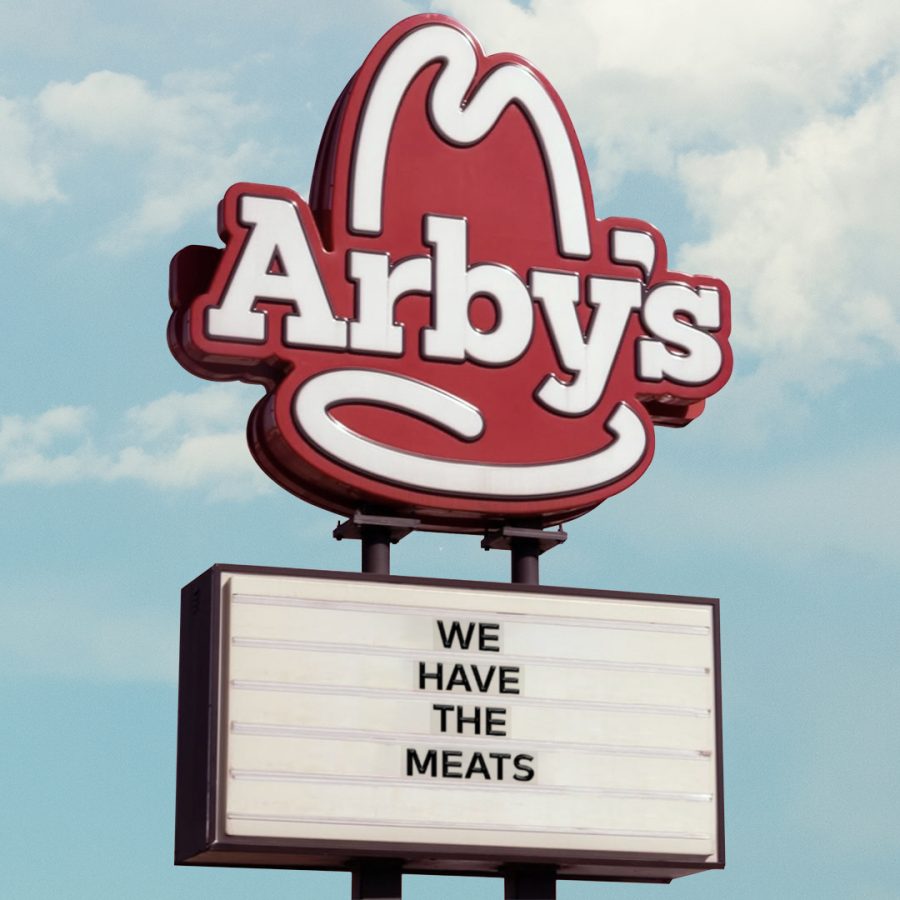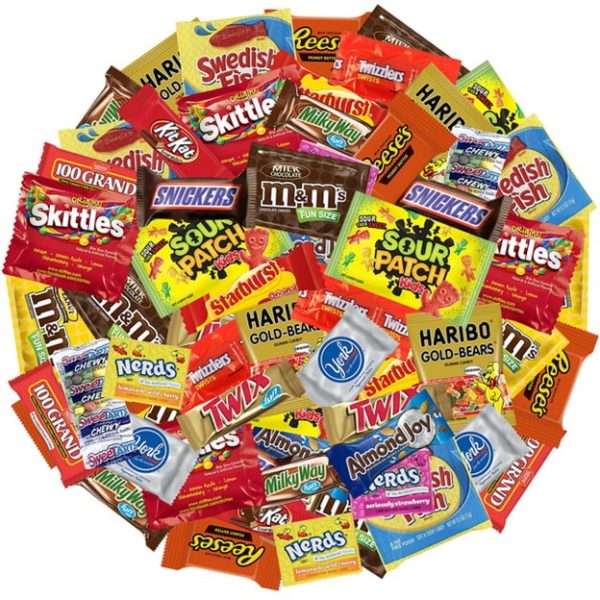Arby’s: Who, What, Why, When, Where, & How?
January 27, 2023
Arby’s. We have all noticed their neon-red cowboy hat signs shining like beacons above the highway. We have all heard their catchy slogan: “we have the meats!” and can mindlessly recite it when prompted by a low-pitched chorus of trombones. And we all know they (supposedly) serve tasty, cold-cut sandwiches at fair prices. Even with such a rich foundation of knowledge regarding America’s second largest sandwich chain, the public remains in the dark when it comes to one crucial detail- their customer base. “Who actually eats at Arbys?” is a question asked by my peers at least twice a day; directed to another person, themselves, or a higher power.
To answer this common inquisition, we must start at the source. Leroy and Forrest Raffel, two brothers from Boardman, Ohio, owned a restaurant supply buisness in Youngstown. After years of observing the supply and demand of the food industry, the brothers noticed an opportunity to sell protein-based sandwiches, other than hamburgers, in a fast-food setting. The brothers pooled their life savings and opened the first Arby’s in 1964, diving headfirst into the unexplored market of non-delicatessen roast beef. The first Arby’s franchise boasted a luxurious interior design complete with chandeliers, cow hide booths, and mounted taxidermy pheasants the brothers had shot during their trips to the plains. 69 cents would get you a roast beef sandwich and a Jamocha shake served atop a school cafeteria-style plastic tray.
Any information online regarding the Arby’s franchise expansion between 1964 to 1970 seems to have been swallowed by a black hole. Unsurprisingly, however, because no person in their right mind would willingly eat warm roast beef off a cafeteria tray under the watchful gaze of a dead grouse. The brothers have erased history and expect us to believe that at the turn of the decade, the Youngstown Arby’s performed mitosis… five times, yeilding 24 Arby’s locations by 1970 scattered throughout the Midwest. Throughout the 20th century, expansion of Arby’s took place at a steady rate of 50 stores per year. They expanded their menu with all sorts of ethnic dishes and launched the revolutionary condiment, Horsey Sauce, adding a mouth-puckering kick of horseradish to their sandwiches.
For a franchise with such steady growth facing little interruptions to their sandwich output, one would think their customer base would rival that of other big-league chains. Quite the contrary, numerous focus groups held with the sole objective of identifying at least one Arby’s consumer came up dry. Confusion arose when one young man exclaimed that he thoroughly enjoyed Arby’s, especially Patti Labelle. “Did Patti Labelle’s Place and Arby’s collaborate on a groundbreaking, home-style sandwich? Is this the celebrity endorsement that will finally put Arby’s on the map??” My excitement was crushed when he clarified that he mis-heard the question, “I listen to R&B everyday, but consider the day I decide to eat Arby’s to be my last.”
After devoting months of time and energy to answering a philosophical question equivalent to the meaning of life; I have concluded that no one eats at Arby’s. Want cured meats atop succulent rye? People flock like sheep to their local deli. In the mood for fried chicken? Chick Fil-A, Canes, or Popeyes will always prevail over horseradish infused chicken clusters. Everything has alternatives, but any successful chain has at least one homerun menu item to earn themselves relevance. Arby’s wins the bronze medal in everything.










Merle E Black • Jan 27, 2023 at 1:04 pm
A highly entertaining article–fun to read and also explains in a humorous way why those of us who are in their right minds never set foot inside an Arby’s.